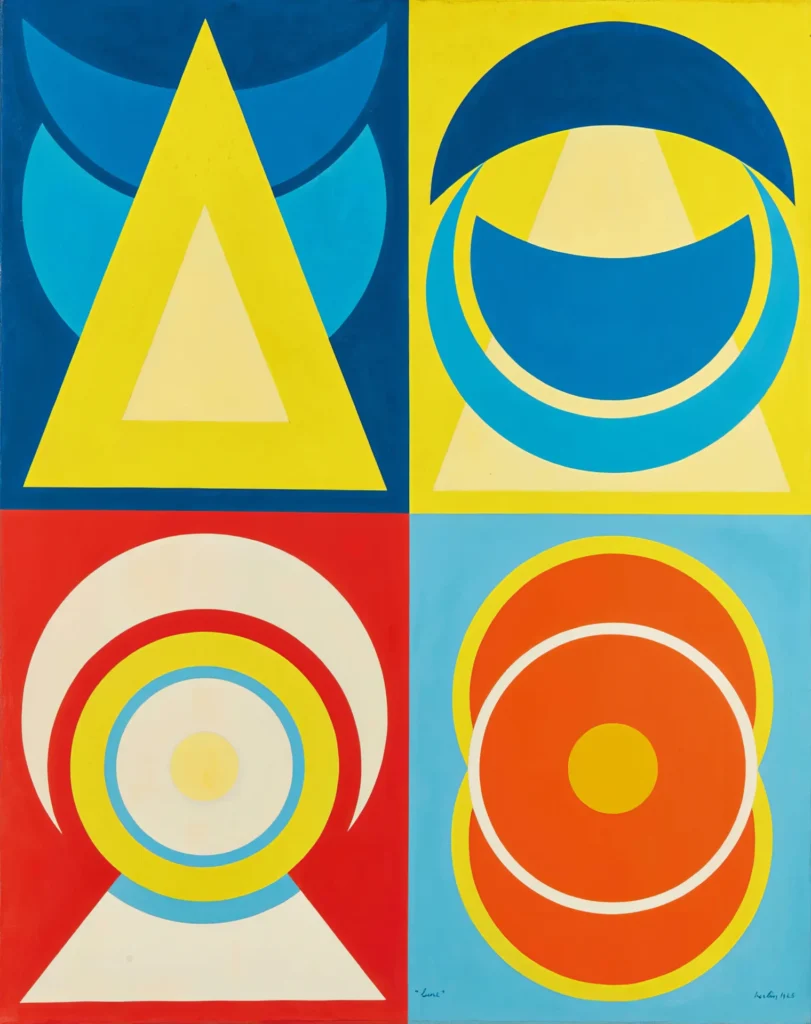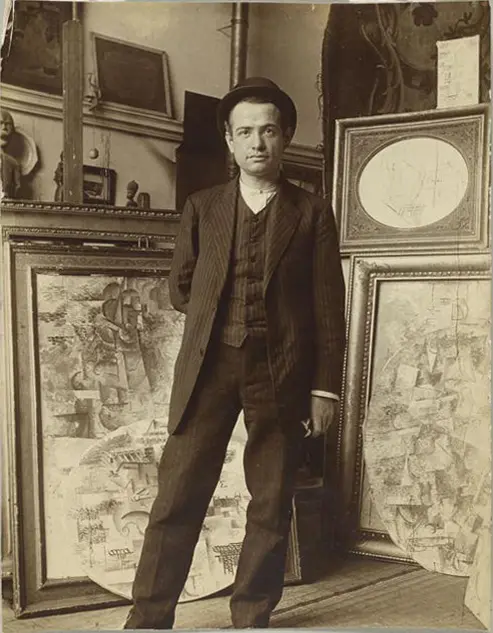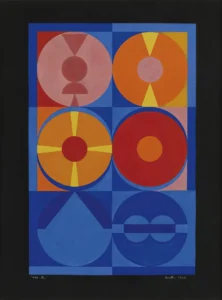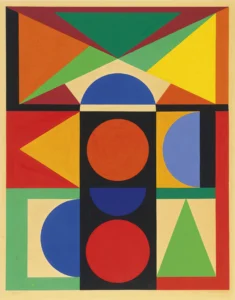Lune I (1945)
Lune I, painted in 1945 by Auguste Herbin, is a stunning example of abstract art that showcases Herbin’s mastery of form and color. Measuring 91.7 x 72.6 cm, this oil and pencil on canvas work presents a harmonious blend of geometric shapes, evoking feelings of both calm and movement. Herbin's innovative approach and bold composition make this piece a testament to his contribution to 20th-century art, appealing to collectors and art enthusiasts alike.
1945
About the Artwork
Auguste Herbin, a pioneering figure in the abstract art movement, created Lune I during a transformative time in 1945, post-World War II. This period influenced many artists who sought to express new ideas and emotions through their work. Herbin’s use of geometric forms and vibrant colors in Lune I reflects both a sense of renewal and exploration of space and form, characteristic of his later style. The painting is part of a broader movement focused on abstraction, where artists like Herbin aimed to transcend traditional representation and evoke feelings through non-representational art.
Did You Know
Auguste Herbin was a key figure in the abstract art movement. He played a pivotal role in shaping modern abstraction with a unique style that emphasized geometric forms and vibrant colors.
Lune I was created shortly after World War II, a time when many artists sought to reflect on the emotional turmoil and societal changes through their art, making abstraction a preferred method of expression.
In October 2017, Lune I was auctioned at Christie’s for EUR 72,500, highlighting the artwork’s elevated status in the contemporary art market and Herbin’s lasting legacy.








